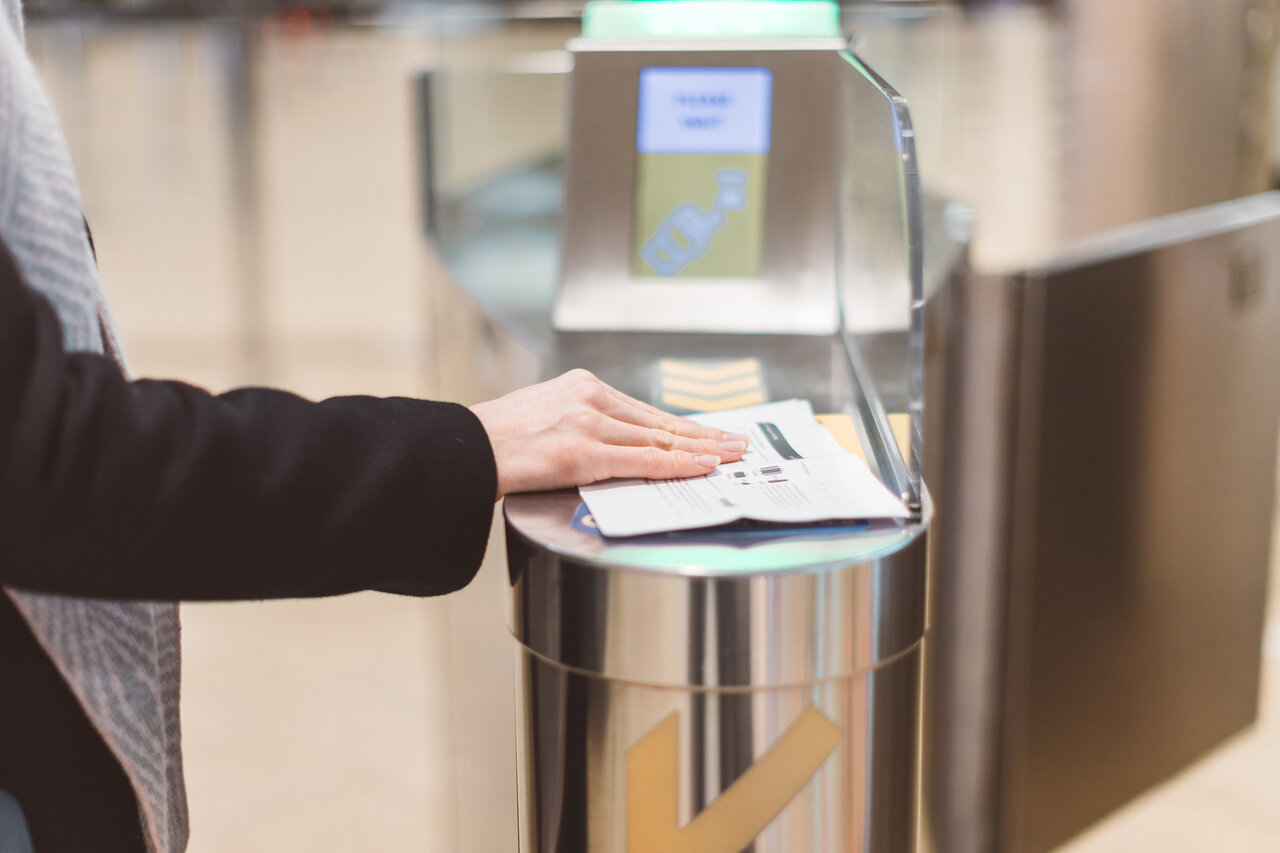Share This
Related Posts
Tags
Paper to High Tech
By Joel Nelson on Oct 17, 2024 in Technology
If you travel internationally, you must have a passport. One hundred sixty-one million holders of valid U.S. passports take that fact for granted, but this document took centuries to evolve from a frill into a mandatory border-crossing asset.

The modern era of passports began when Louis XIV, king of France from 1643 to 1715, issued favored citizens a “passe port” signifying “approval to pass through a seaport.”
American passports in the late 1700s were also reserved for select constituents. “The most famous early U.S. passports were issued by Benjamin Franklin when he was U.S. representative in France in the late 1780s,” says Craig Robertson, author of The Passport in America, and mostly served as “letters of introduction that verify the character of the person bearing them.”
Passports in the 19th century typically comprised single-sided pages containing the bearer’s name, age and other basic identification. They were often utilized for single trips. Cities and notaries public could issue them until 1856, when Congress made the Department of State the sole issuing authority. By the late 1800s, “U.S. passports were becoming more mainstream, but they were still considered more of a travel perk for the holder than a requirement to cross borders,” says Jessica Puckett, a transportation and travel writer for Condé Nast Traveler.
Setting a global standard
In 1920, the League of Nations proposed a worldwide passport standard, introducing the modern format of a small booklet with pages for stamps. By 1926, American passports started to resemble today’s model: pocket-size booklets with multiple pages and durable material.
By 1952, all American citizens were required to have passports to depart from or re-enter the United States, except for certain countries in North America and Latin America. Their shelf life increased from two years to three in 1959, to five years in 1968 and to 10 years after 1976.
Today, along with being an indispensable travel asset, passports can support activities such as obtaining a driver’s license, opening a bank account and purchasing a home.
Tech features becoming the norm
U.S. e-passports, introduced in 2007, contain an electronic chip with the same information found on the paper passport’s data page. Many nations have started to link facial recognition, digital fingerprints, and retina scans to the document via microchip or a machine-readable identification page. Such technology advances are starting to supersede physical documents.
In early 2024, for example, Singapore Changi Airport implemented automated immigration checkpoints that verify identity with a facial scan at an automated checkpoint. Although passengers still need to carry their passports for now, biometrics “will reduce the need for passengers to repeatedly present their travel documents at these touchpoints, allowing for more seamless and convenient processing,” says Josephine Teo, Singapore’s second minister for home affairs. Other airports are planning to adopt similar systems.
If you, like many travelers, worry about losing your passport or having it stolen, just hang in there a few years. “The emergence of digital identities means we will be able to travel from anywhere to everywhere – by air, land or sea – without needing to show physical travel documents, such as a passport, visa, health forms, boarding pass or driver’s license,” says Jeremy Springall, senior vice president for SITA, a Brussels-based biometrics firm.
